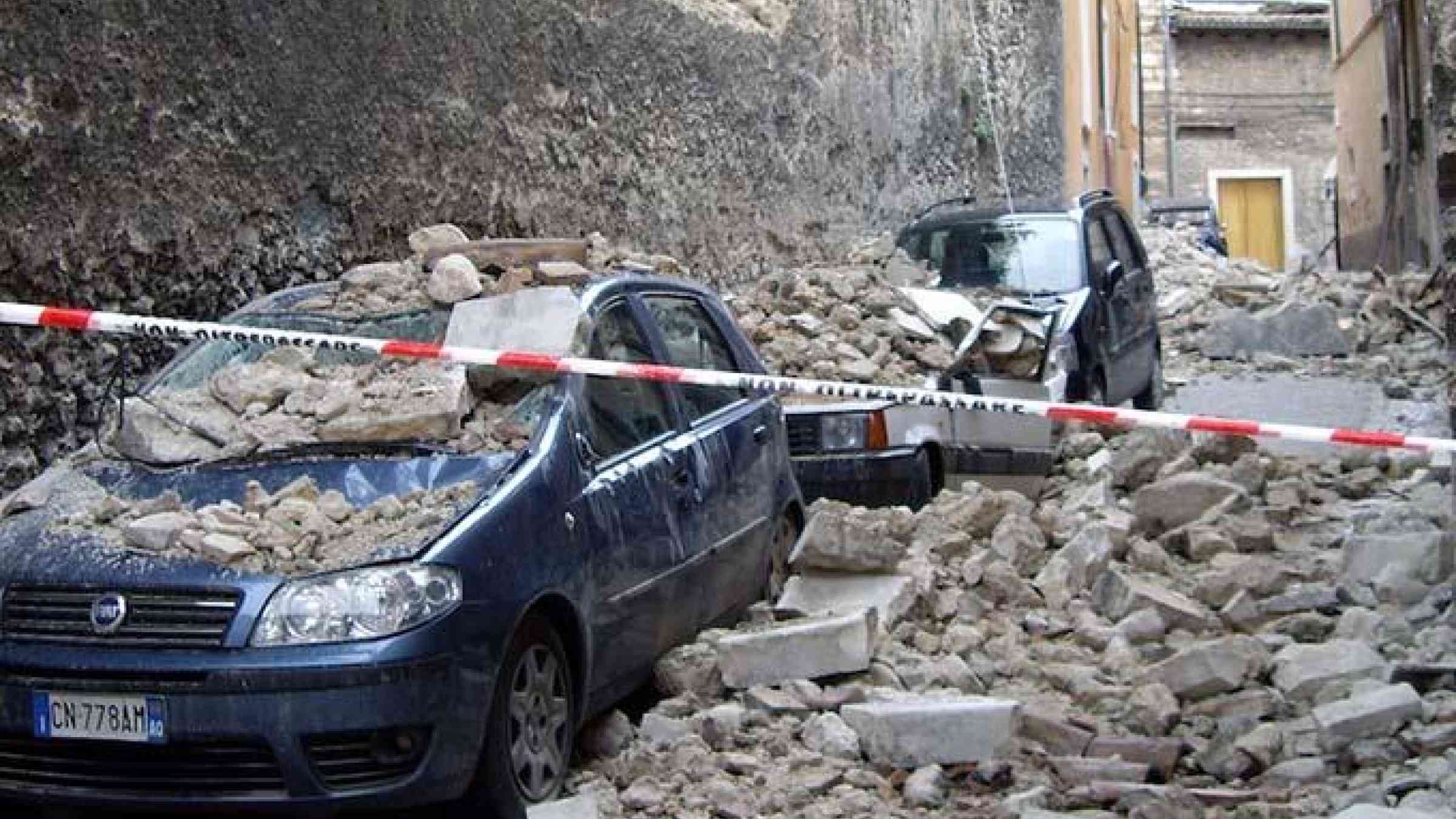
Research from Italy presents new metrics for resilience to improve outcomes of Italian students affected by devastating earthquakes.
By Lauren Koenig
When the L’Aquila earthquake devastated Central Italy in 2009, the Italian government relocated thousands of citizens and L’Aquila’s 36 schools to temporary locations in the suburbs. More than ten years later, these temporary schools remain in service, though the number of students attending has decreased
School systems that experience the same degree of earthquake damage can greatly differ in their ability to “bounce back” to pre-disaster levels. This type of “resilience” has critical implications for students’ long-term success. In a study presented last week at the European Geophysical Union annual meeting, researchers developed methodology that refines the concept of earthquake resilience in Italy’s education sector. The study’s lead author, Cora Fontana, an urban planner at the Italian National Research Council, Institute of Environmental Geology and Geoengineering, and her colleagues emphasize that a clear understanding of the education sector’s baseline disaster preparedness is crucial for designing effective post-disaster recovery strategies.
Fontana says that, even though “Italy is notoriously subject to severe seismic events, a consolidated culture on risk reduction is yet to be achieved.”
A new method for assessing resilience in Italy
The researchers chose a group of eleven variables to consider when assessing whether a particular regional education system is prepared to cope with a catastrophic earthquake. These variables include socio-economic and functional metrics such as the number of children attending school and how many students leave school without achieving upper secondary qualifications, as well as the number of schools. The researchers also note whether school buildings were constructed before 1976 — when Italy passed its first seismic building codes.
These variables are divided into three categories: baseline conditions, resources and functionality. Each variable is rated according to its impact on the school system’s resilience. Variables across different regions can then be compared with one another. All of the education sector’s variables are summed to produce a resilience score for each region. This can help researchers determine the best way to resume education after an earthquake. For instance, if there is not sufficient transportation infrastructure, then setting up temporary buildings outside the city center, like in L’Aquila’s case, may do little to help students get back to their studies after a disaster.
Calabria: a case study
Fontana and her colleagues applied this methodology to a case study examining the education sector’s resilience in the Calabria region of southern Italy. Calabria’s rugged mountains and picturesque villages are home to nearly 2 million people and 2,900 public schools. The region’s serene coastline belies its proximity to where the African tectonic plate plunges beneath the Eurasian plate, making it one of the most seismically active areas in the world.
The researchers rated the eleven variables and calculated resilience scores for each of Calabria’s 48 municipality networks, and found both spatial and sociological differences between them.
High secondary education drop-out rates and the low seismic integrity of school buildings in Calabria greatly contribute to low resiliency scores. Many of the region’s municipalities contain school buildings constructed before 1976. Less resilient municipalities are also clustered in southern Calibria, while more resilient municipalities were found to the north or in urban spaces with populations greater than 100,000 people. While Italy has achieved its national target goal of reducing the number of students that leave secondary education to 16%, it still has one of the highest dropout rates in the EU. Keeping schools open after a disaster, especially in earthquake prone regions like Calabria, helps students obtain the certifications necessary to qualify them for more employment opportunities.
Fontana says that poor building integrity and high school dropout rates are found in other Italian regions, but more work is needed to tease out cross-dimensional correlations between education resilience and economic, cultural and infrastructural resilience. “A territory with high education resilience is not necessarily resilient in absolute terms.”
Expanding resiliency research
Many researchers are working to develop a more multidimensional view on disaster risk reduction strategies.
“Understanding damage does not equate to understanding resilience,” says Hussam Mahmoud, an associate professor at Colorado State University who studies social services resilience with the Community Resilience Center of Excellence.
Mahmoud, who was not involved with this study, recently determined how education and healthcare system recovery are more intertwined than previously thought. Any change in hospital building closures or quality of service affects school functionality and vice versa. “There’s a need to understand how these different institutions depend on each other,” says Mahmoud.
“A more holistic approach is necessary, to contribute to seismic resilience studies in Italy, but also in the international panorama,” says Fontana. She plans to perform case studies on other regions in Italy and work on a method that overlaps social and physical vulnerability of the built environment with seismic hazard exposure. She says that raising awareness of these concerns in Italy’s scientific community may help spread awareness to broader political and institutional communities as well.